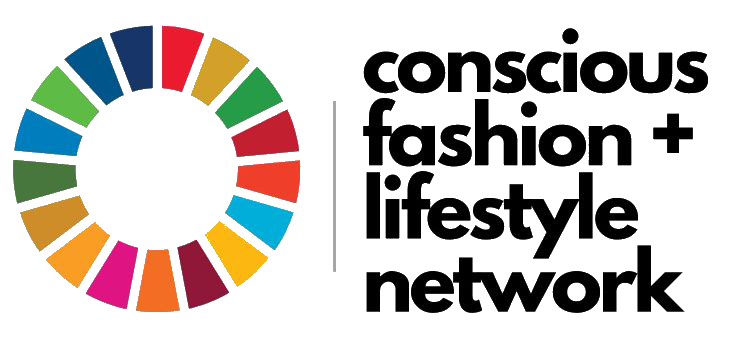Forbidden levels of toxic chemicals found in fur from China
On the back of this research, Professors and doctors of international standing are calling for governments to take a preventative approach towards the use of toxic chemicals in the production of clothing and accessories, highlighting the devastating effects that exposure to toxins can have on human and environmental health.
Toxic Fur: A global issue is based on the analysis of six items for six chemicals known for their probable damaging effects to human health: Formaldehyde, Chromium VI, Alkylphenol ethoxylates, Azo dyes and Chlorinated Phenols. All are widely used to preserve raw animal skins and turn them into preserved pelts, suitable for use by the fashion industry.
All six samples analysed from China failed both Chinese and international recommended standards of chemical substances. Five of the six samples failed more stringent international legal requirements, and four of the six items failed Chinese legal standards. All items contained Formaldehyde , Chromium VI, Polycyclic aromatic hydrocarbons (PAH), Alkylphenol ethoxylates (APEO + NPEO), Azo Dyes and heavy metals, including lead. The findings follow and build upon several recent studies into hazardous chemical residues found in fur in Europe, which examined 62 items in ten European countries and found higher levels than permitted by legal standards in the majority.
Legislation on the use of toxic chemicals found in everyday clothing, textiles and footwear has recently been tightened for goods produced or sold in the EU. The latest standards impose a total ban on the use of 33 chemicals that are Carcinogenic, Mutagenic or Toxic for reproduction (CMR), including all six chemicals tested for the Toxic Fur report. The new REACH Regulation was adopted on 10 October 2018, and a ban will come into force in 2020.
The items from China tested included a fur key ring, two children’s coats with fur hood trim, two women’s coats with fur hood trim, and one men’s coat with fur hood trim.
“Fur trim attached to the hood of an infant jacket are near the child’s face and mouth and chemical substances, such as ethoxylates, may be directly absorbed through the skin into the blood of children. These chemicals find their way through the body, are stored in fat cells and may still exhibit chronic effects such as endocrine disruption twenty years later,” said external advisor Professor Jacob de Boer.
ACTAsia is a non-profit organisation promoting more compassionate societies within Asia. It has been working for more than a decade to educate the public and retailers in China about the implications of wearing fur on animal welfare, the environment, and now also on human health. As the world’s largest fur-producing and consuming country, China has less stringent legislation than Europe, the US or Australia.
ACTAsia’s CEO, Pei Su, said “This research into Toxic Fur gives consumers yet another reason to steer clear of real animal fur in fashion. The argument against animal cruelty intrinsic in the fur industry has long been documented and still stands more than ever. But we hope these findings about the potentially damaging effects of toxic chemicals to the consumer will help to convince the public in China to boycott fur altogether.”
The research was carried out and published by ACTAsia, with the help of funding from the Fur Free Alliance (FFA).
![ACTAsia [logo]](https://www.actasia.org/wp-content/themes/ACTAsia-2022-theme/assets/img/actasia-en-colour.svg)



